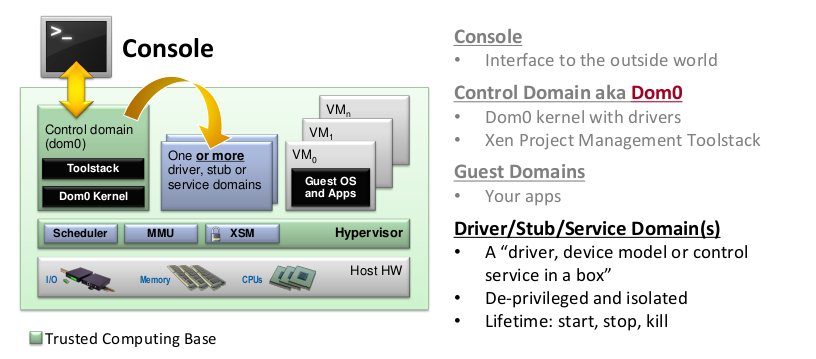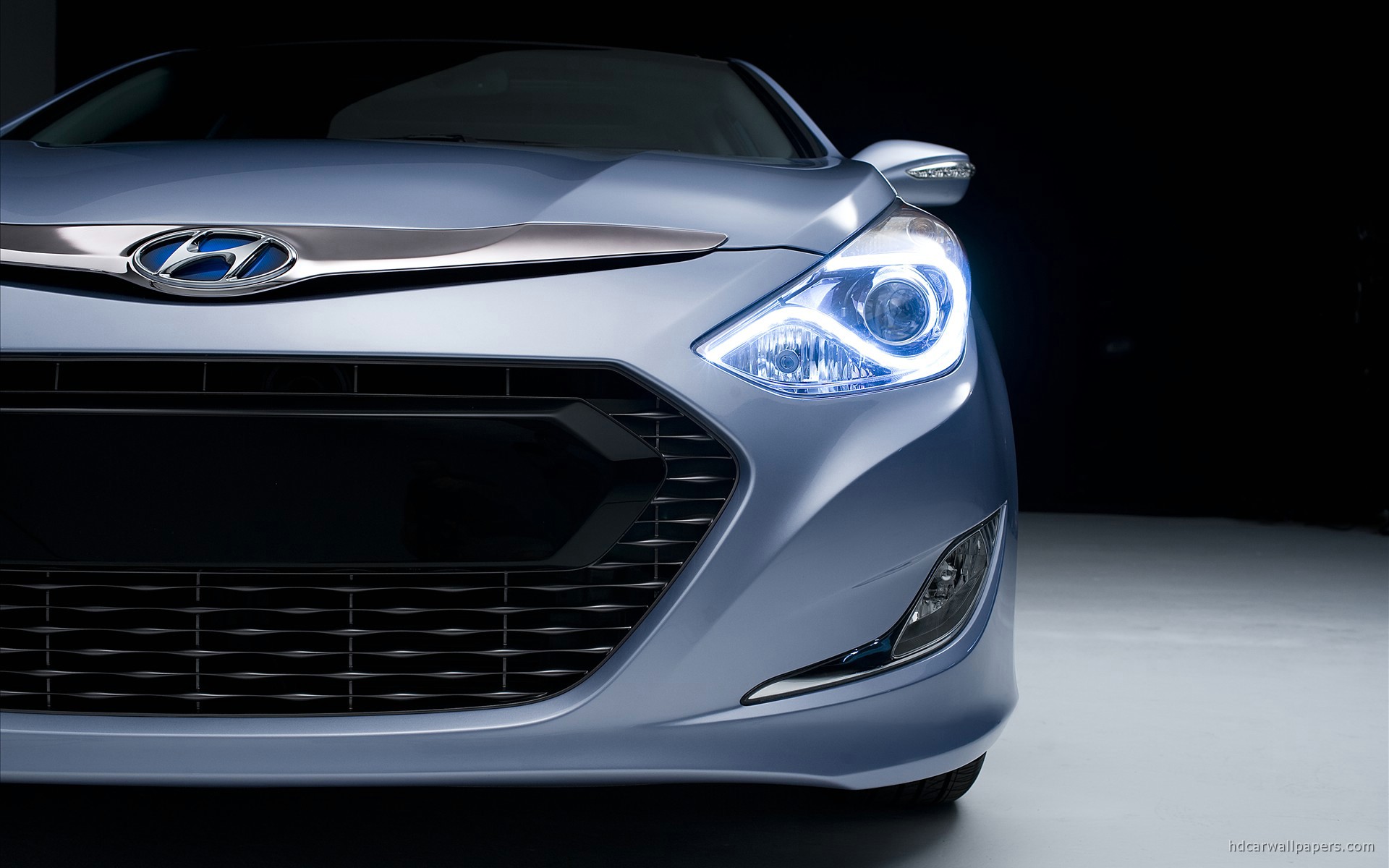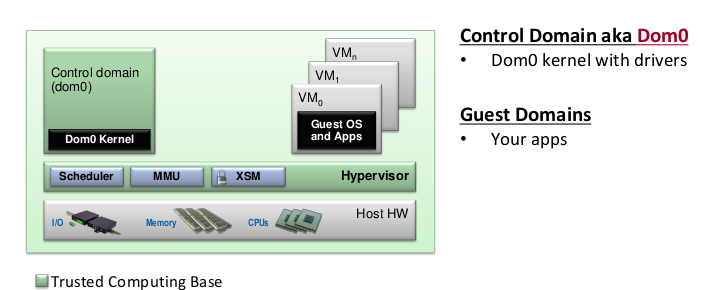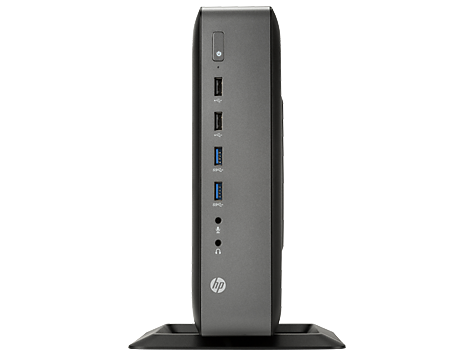
Welcome to the MSI USA website. MSI designs and creates Mainboard, AIO, Graphics card, Notebook, Netbook, Tablet PC, Consumer electronics, Communication, Barebone.
- If Windows doesn't find a new driver, you can try looking for one on the device manufacturer's website and follow their instructions. Reinstall the device driver. In the search box on the taskbar, enter device manager, then select Device Manager. Right-click (or press and hold) the name of the device, and select Uninstall. Restart your PC.
- Download the latest drivers, software, firmware, and diagnostics for your HP desktops from the official HP Support website.
- Download industry leading disk drive utilities, formatting tools, and data backup management applications. Automatically back up all your important files from your computer to your storage device. View Support Information. Download for Windows Download for Mac.
| Driver Module | Version |
|---|---|
| qed | 8.53.0.0 |
| qede | 8.53.0.0 |
| qedf | 8.53.0.1 |
| qedi | 8.53.0.3 |
| qedr | 8.53.0.0 |
Issues Resolved In this Driver Disk
Includes general enhancements and bug fixes.
Installing the Driver Disk
Customers should use XenServer Command Line Interface (CLI) to install this update. Once the driver has been installed, the server must be restarted. As with any software update, Citrix advises customers to back up their data before applying this driver disk.
Please note that the attachment to this article is a zip file. It contains both the driver disk ISO mentioned below, and the source code for the driver. The zip file should be unzipped (to produce the driver disk ISO image), before carrying out the steps below. The source code file is not necessary for driver disk installation: it is provided to fulfill licensing obligations.

Installing as Part of a Clean XenServer Installation
- After you have selected your keyboard layout at the first installer prompt, you will be presented with a welcome screen. At this point, press F9 on your keyboard, and insert the CD with the driver disk in it, or use one of the other methods such as installation over the network.
Note: If installation over HTTP or FTP is to be used, the ISO image must be unpacked at that location (i.e. the installer expects to find the contents of the ISO at that network location, not the ISO itself). - The installer will proceed to attempt to load the driver. If this is successful, you can continue with the installation as normal. Near the end of the installation, you will be prompted to re-insert the driver disk (otherwise known as a XenServer supplemental pack) so that the driver can be installed onto disk. You must re-supply the driver disk at this point. Failure to do so will mean that the installation will not contain the new drivers. After this step, no further action is required.
If the installer fails to load the new driver from the driver disk, it is likely to be because an earlier version of the driver has already been loaded. In general, this is because a hardware component is present that is supported by the version of the driver that ships as part of XenServer (even if another component is present that requires a newer version of the driver). To avoid the existing driver being loaded, use the following procedure.
- Reboot the host, leaving the XenServer installation CD-ROM in the drive.
- At the boot: prompt, type:
shell
- You will now be presented with a command prompt. Type the following:
rmmod qed
If this succeeds (i.e. there are no error messages printed), the installer's versions of the drivers have been unloaded. If error messages are presented, it is likely that other drivers depend on one or more of the drivers you are attempting to unload. If this is the case, please contact Citrix Technical Support.
rmmod qede
rmmod qedf
rmmod qedi
rmmod qedr - Type
exit
or press Control+D on your keyboard, to return to the installer. - Use the procedure described above to provide the driver disk to the installer, which should now load correctly.
Installing the Update by using the xe Command Line Interface
Perform the following steps to install the update remotely using the xe CLI:
- Download the update to a known location on a computer that has XenCenter installed.
- Upload the update:
xe update-upload file-name=driver-qlogic-fastlinq-8.53.0.3.iso
Note: The UUID of the update is returned when the upload completes.
- Apply the update:
xe update-apply uuid=011ec767-7c9c-4224-a588-3f8580ced558
- To complete the installation, restart the host. This ensures that the driver loads correctly.
Files
Update Files
| Component | Details |
|---|---|
| Filename | driver-qlogic-fastlinq-8.53.0.3.iso |
| File sha256 | 79e07fe8582ce403a6523501b482ea53df4a0b766bf562bf8cbe1cf80aa569e3 |
| Source Filename | driver-qlogic-fastlinq-8.53.0.3-sources.iso |
| Source File sha256 | c21ac9ed082a44615d40ad38f97c6329da92782390790b76489701dab85c07d0 |
| Zip Filename | driver-qlogic-fastlinq-8.53.0.3.zip |
| Zip File sha256 | d03fff272b767dcf948a21d9df1a5d5b27fd0c387a312a2225d8356ac11f6c4e |
| Size of the Zip file | 142.17 MB |
RPMs Provided

| RPM Name |
|---|
| qlogic-fastlinq-8.53.0.3-1.x86_64.rpm |

More Information
Xen Virtual Desktop
For a list of the driver versions and the latest driver disk updates available, see Driver versions for XenServer and Citrix Hypervisor.
If you experience any difficulties, contact Citrix Technical Support.
For information on how to build driver disks, refer to Citrix XenServer Supplemental Packs and the DDK Guide .
Xen Laptops & Desktops Driver Downloads
When I first heard that Citrix was releasing their flagship bare-metal hypervisor, XenServer for free, I was ecstatic. This is quite obviously a gauntlet being slapped down on VMware’s table, with VMware’s ESXi being released for free just 6 months ago. As a side note, Citrix’s timing was impeccable, as they released the news the day before one of VMware’s biggest user-community conferences,VMwareWorld Europe 2009 .
So, XenServer or ESXi? Check out this table: (disclaimer, from the Citrix site)
| Features included at no cost | Citrix XenServer | VMware ESXi |
| Bare-metal hypervisor | 64-bit | 32-bit |
| Max virtual CPUs | 8 | 4 |
| Windows® and Linux guests | ||
| Unlimited servers, VMs, memory | ||
| P2V & V2V conversion | ||
| Shared SAN and NAS storage | ||
| Centralized multi-server management | ||
| Resilient distributed management architecture | ||
| Live motion | ||
| Shared VM template library | ||
| Centralized configuration management | ||
| Virtual infrastructure patch management | ||
| Intelligent initial VM placement | ||
| Intelligent server maintenance mode | ||
| Fine-grained CPU resource controls | ||
| Hot-swappable disks and NICs |
I was really hoping to be able to try out XenServer, but my home test box doesn’t have the needed requirements (64bit proc, etc), and I currently don’t have access to any test machines at the organization I serve with. The only machine that comes close to the requirements is my personal laptop that is already dual-booting Ubuntu and Vista. So I thought I would try to install it on external usb media.
The best exertnal media I could come up with was a old ide 2.5″,40GB hard drive I had pulled out of a laptop recently. So, using a ide-2-usb adapter, I booted up the XenServer installer, making sure to select the external hard drive to install to.
After the reboot, expecting for the external drive to boot, I see XenServer starting to load, then a kernel panic, and a reboot. Well, after watching this process for a minute, I was able to discover that the kernel was panicing because of something to to do with booting from a usb device.
After doing a bit of googleing, I was able to find this guide, that helped me enable usb support in intird to allow usb booting. (I did have to tweak the instructions a bit, since I was installing 5, and not 4.1)
After working this black magic, I got XenServer to boot on my laptop. After installing the Xen client on another laptop, I was able to admin the server.
I really like it!
The biggest feature for me, and why I will be using it over ESXi, is that Citrix made the VM manager, XenCenter, free, instead of charging for it, like Vmware is doing with VMware Infrastructure 3.
I’m sure I will be blogging more about it, but I thought I would just post about the educational install! :)
Edit (05/09): As requested in a comment: To tweak the enabling usb support in initrd for 5.0 U3, I just had to use the updated filename for the primary initrd image file, instead of the quoted primary initrd image file, since it was for 4.1.
Josh


